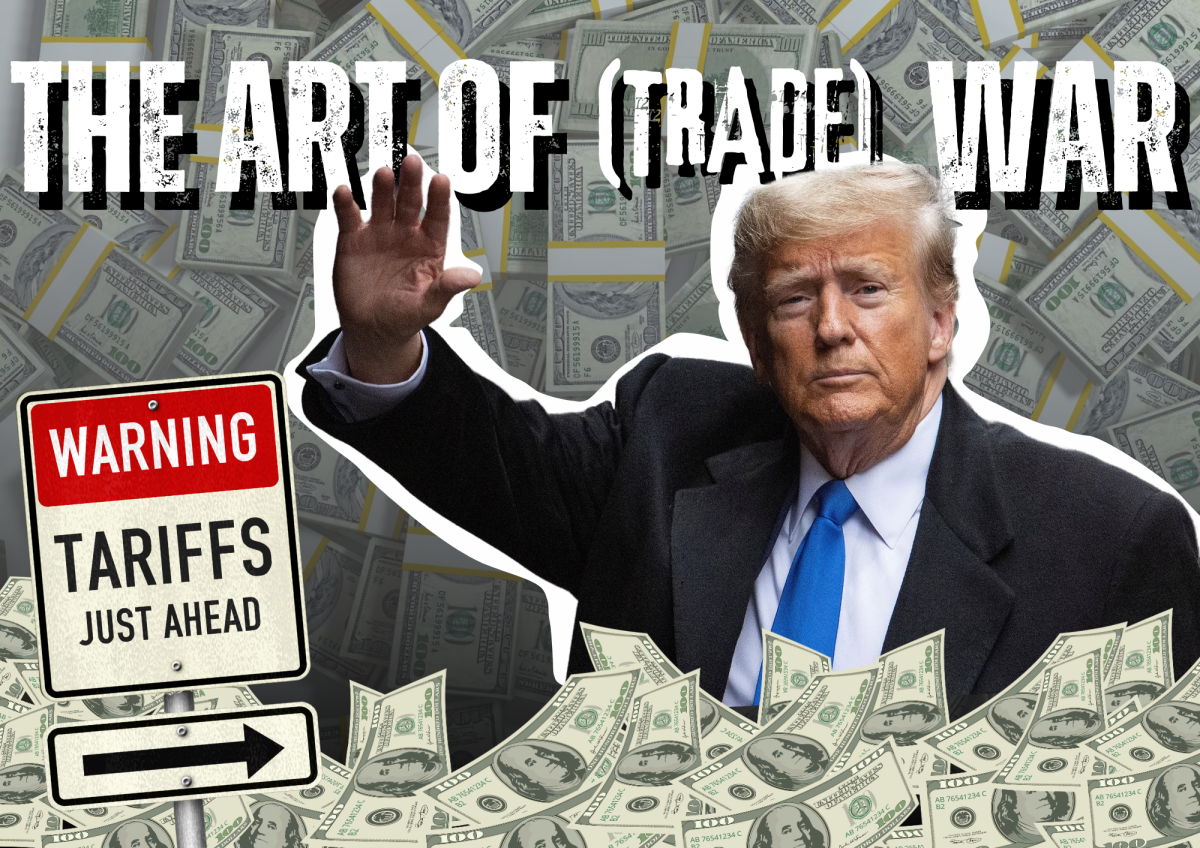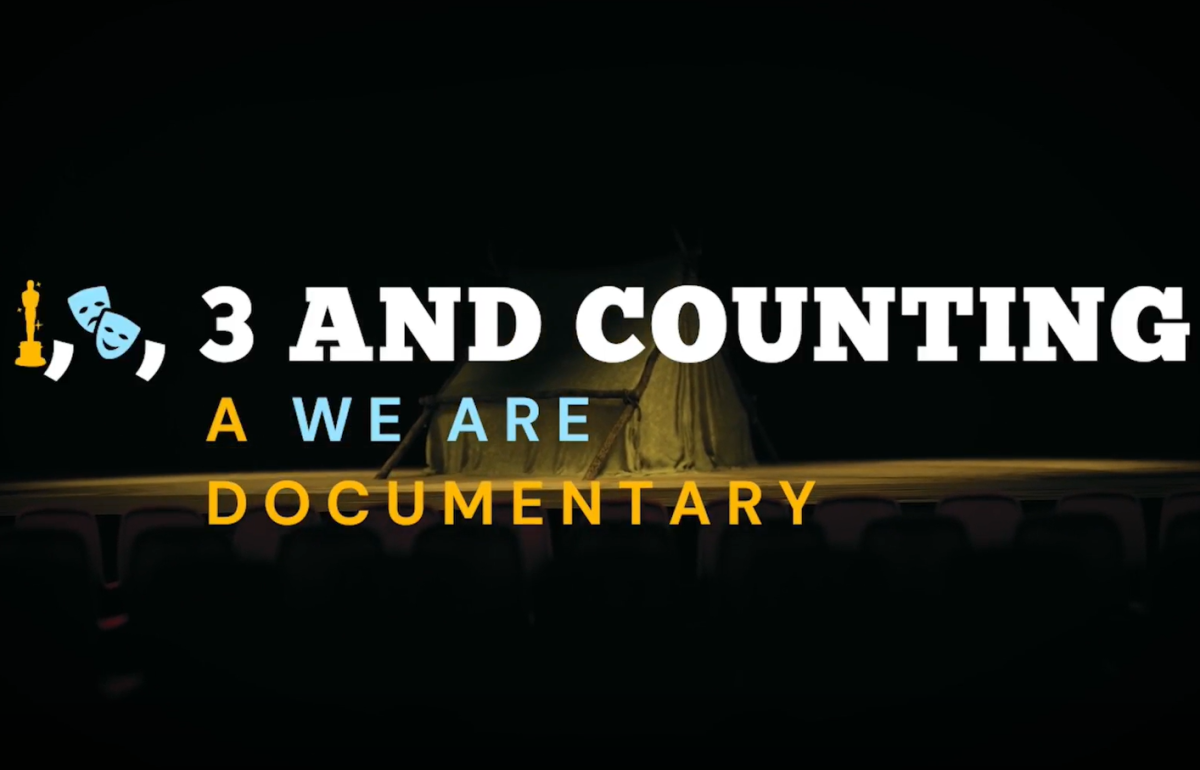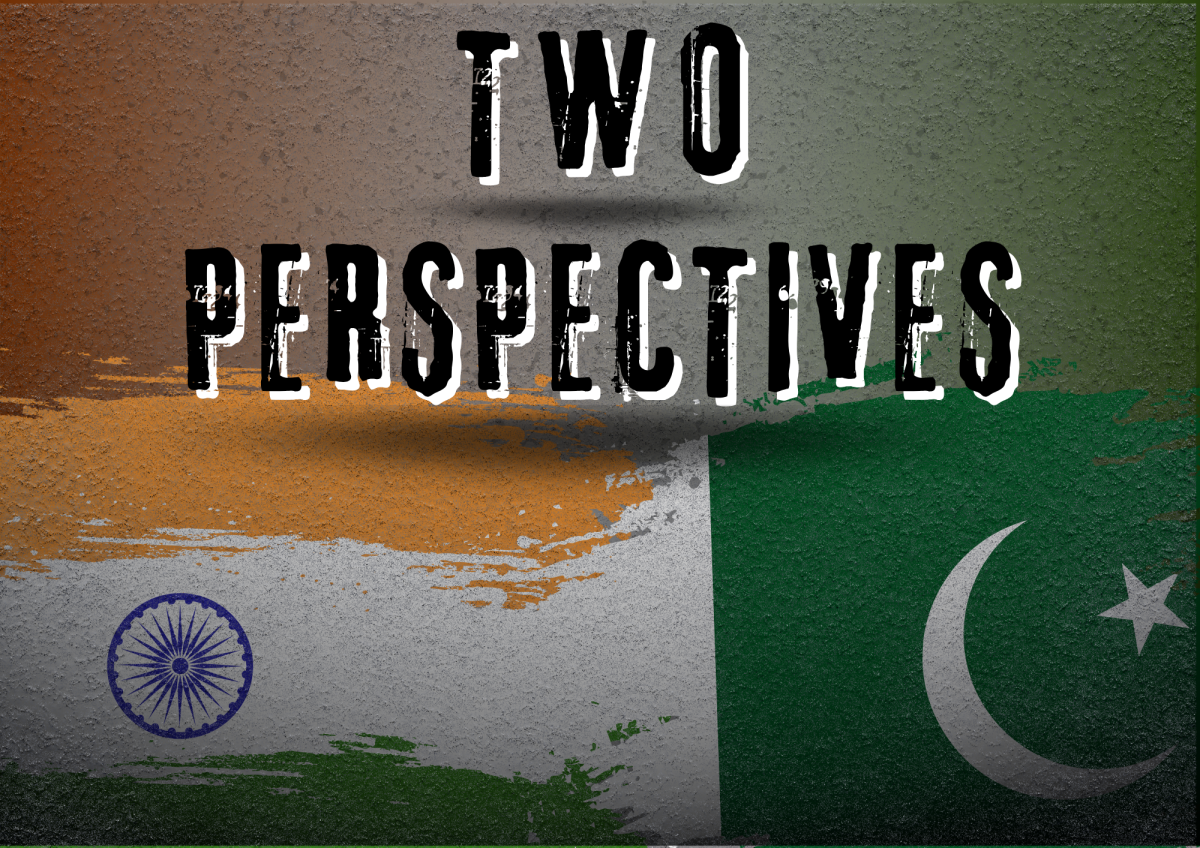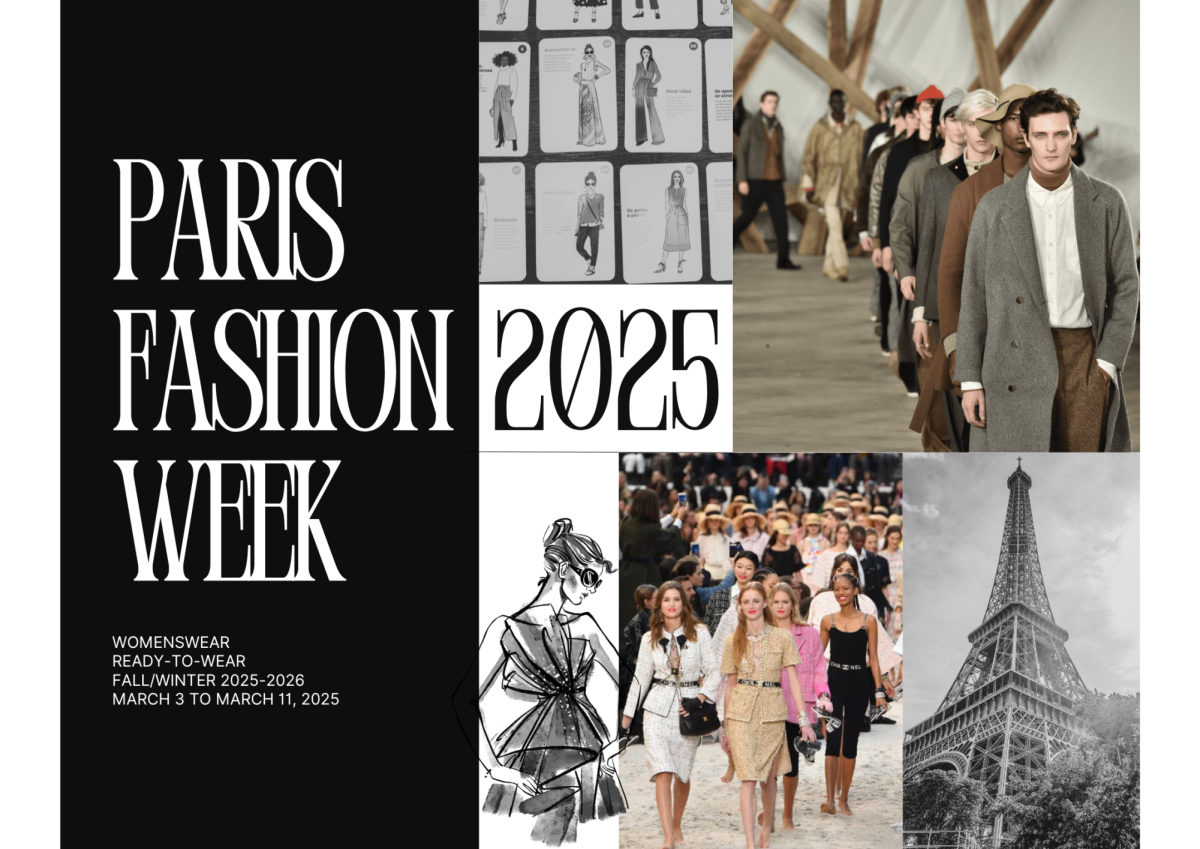If you’ve ever wondered what would happen if the world’s largest economy decided to slap a tax on nearly everything it imports, look no further than Donald Trump’s latest round of tariffs. In his second term, President Trump has taken his “America First” mantra to new heights, by introducing tariffs that would make even Hamilton’s whiskey tax of 1794 shiver.
In early 2025, President Trump signed a sweeping executive order imposing a minimum 10% tariff on all U.S. imports, with much higher rates (up to 50%) on goods from 57 countries. Chinese imports got an especially hefty increase, with tariffs climbing to a staggering 145%. The average U.S. tariff rate shot from 2.5% to an estimated 27%-the highest in over a century. Trump dubbed April 2, 2025, “Liberation Day,” as if freeing America from the tyranny of affordable imported goods was the reason. The logic? “If you tax us, we’ll tax you right back, but harder.”
He stated justification for this tariff blitz was to level the playing field, punish “unfair” trading partners, protect American jobs, and reduce the trade deficit. “Tariffs are simply a tool to bring our trading partners to the negotiating table and force them to play fair,” argued Peter Navarro, Trump’s former trade adviser. Trump argued these tariffs would level the playing field, punish “unfair” trading partners, protect American jobs, and reduce the trade deficit. In Trump’s words, the tariffs would “increase our competitive edge, protect our sovereignty, and strengthen our national and economic security”. Supporters, particularly in U.S. manufacturing, cheered the move, claiming it would finally give them a fighting chance against cheap foreign competition.
But the economic fallout has been, frankly, sobering. The Penn Wharton Budget Model projects that Trump’s tariffs will reduce long-run U.S. GDP by about 6% and wages by 5%, with a typical middle-income household facing a $22,000 lifetime loss. Ouch. The Tax Foundation estimates the tariffs amount to the largest tax increase since 1993, reducing after-tax income by 1.2% and costing the average household $1,243 in 2025 alone. These aren’t just abstract figures: they translate to higher prices in stores, less money in the pockets of US citizens, and decreased purchasing power.
Globally, the tariffs triggered a cascade of retaliatory measures. China responded with a minimum 125% tariff on U.S. goods and restricted exports of rare earths, while other trading partners threatened similar moves The result. Stock market nerves, a plunge in oil prices, and rising recession fears. As Federal Reserve Chairman Jerome Powell put it, the tariffs were “significantly larger than expected,” warning of “downgraded GDP growth projections” and “rising expectations of a recession”.
Supporters of Trump’s tariffs argue that, at the very least, they raise significant revenue-over $5.2 trillion over 10 years, according to the Penn Wharton Budget Model. The Peterson Institute for International Economics estimates a 15-percentage point increase in tariffs could net about $3.2 trillion over a decade, even after accounting for economic drag and foreign retaliation. Some see this as a way to pay down federal debt and invest in America’s future. Yet, as the same analysts point out, these revenue gains are more than offset by the broader economic pain: lower GDP, investment, employment, and real wages.
Most mainstream economists remain sceptical, if not outright alarmed. Harvard’s Dani Rodrik, cautioned, “Tariffs are a blunt instrument. They raise costs for everyone and risk triggering a trade war that leaves all sides poorer.” The Penn Wharton Budget Model’s analysts were even more direct: “All future households are worse off. The estimated economic declines are likely lower bounds, with actual declines potentially even larger”.
So, did Trump’s tariffs “work”? If by “work” you mean “raise a lot of money for the government,” then yes-they are projected to bring in trillions in new revenue. But if you mean “make Americans better off,” the evidence is far less rosy. Most analysts suggest the tariffs are a costly way to achieve protection, with widespread pain for consumers, businesses, and workers alike. Trump’s tariffs are a bold experiment in economic nationalism-a high-stakes gamble that’s made headlines, rattled markets, and divided experts. Whether you see them as a necessary defence or a self-inflicted wound, one thing’s for sure: America’s trade policy has never been more, well, taxing.
References
https://budgetmodel.wharton.upenn.edu/
https://taxfoundation.org/research/all/federal/trump-tariffs-trade-war/
https://budgetmodel.wharton.upenn.edu/issues/2025/4/10/economic-effects-of-president-trumps-tariffs
https://www.pwc.com.au/tax/trade/what-do-Trump-tariffs-mean-for-Australian-businesses.html











Frederik • May 14, 2025 at 7:02 pm
Compelling read !
Shahaan • May 15, 2025 at 11:24 am
Good points for our essay Frederick!